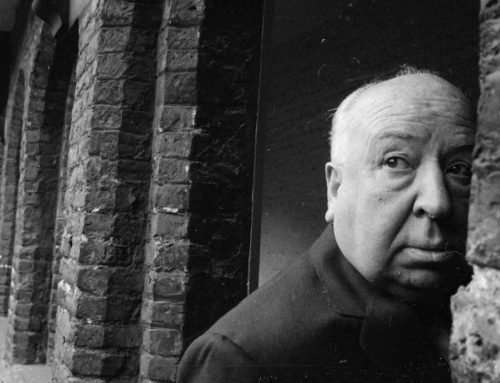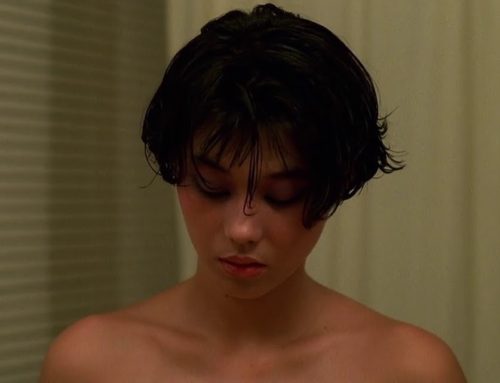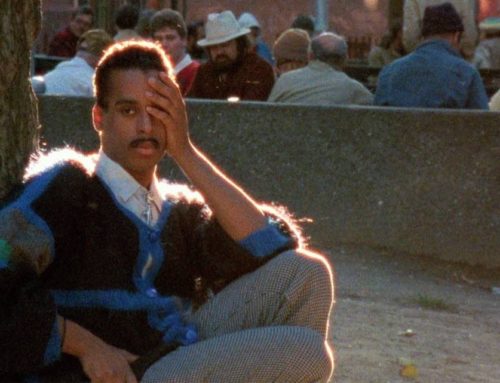Great cinema is escapism but it is also reality: a film that leads us to examine and subsequently question our everyday lives can have just as much of an effect as one that takes us to explore foreign lands, fantasy worlds or faraway galaxies. Within psychological cinema, however, lies an inherent danger for filmmakers and actors alike. Approaching topics so deeply engrained into modern day society – from racism to homophobia, from mental illness to crime – leaves a film widely open to criticism. Critique of your typical stories of good vs. evil tends to be contained to cinematographic and casting choices, psychological cinema opens a debate which delves deep into the very heart of the film, its morals and its ethics.
Such is the case with the release of controversial To the Bone, based on director Marti Noxon’s personal experience of anorexia. The Netflix original attracted a great deal of attention from both the press and the online community, with some claiming that To the Bone’s portrayal of eating disorders was necessary and effective while others argued that the film was triggering, stereotypical and did nothing to open useful discussion around the topic. It is impossible to please everyone – as any discussion about politics will prove within 47 seconds – but is art just about pleasing or is it about questioning? Is cinema simply about offering a good time and an excuse to eat a bucket full of popcorn without guilt, or is it about challenging preconceptions, sparking debate and provoking viewers to throw down their jumbo-sized popcorn and start making a change?
Any representation of mental health is a risk; but a necessary one nonetheless. If eating disorders are not given the attention that they deserve then how are people to see that something needs to be done? We live in a world that has perfected the art of turning a blind eye, a world in which we put ourselves as individuals first and a world that is far too happy to ignore the bigger issues as long as they are far enough away. Between the graphic and triggering scenes and Lily Collins’ drastic and very real weight loss for the role of Ellen, To the Bone may not be ideal for recovered anorexics or bulimics. The experience shown on screen does not necessarily faithfully represent that of all the other sufferers around the world. But maybe To the Bone teaches us something. Maybe To the Bone teaches us that there are still issues to be discussed. Maybe it teaches us that no one can fully understand the mind of an eating disorder sufferer. Maybe it teaches us that no experience of an eating disorder is the same from individual to individual. Maybe it simply shows us that the general public’s view of eating disorders, despite a growing awareness, remains engrained in stereotypes.
Take the range of characters in the film. You’ve got the typical anorexic, recognisable by her physical shape rather than her mental state; the bulimic who hides a bag of sick under her bed and who is also, painfully typically, underweight; the adult sufferer whose only reason to recover is to have children, not for herself, infuriatingly enough; the token male anorexic to show that eating disorders affect men too; and the one that grates on me the most: the binge eater, who is unsurprisingly overweight. The problem in To the Bone is not a lack of representation – indeed, it would seem that all the eventualities are covered – but rather an abundance of stereotypes.
The aim here is not to openly attack the work of Marti Noxon and Lily Collins – anybody’s story, particularly when based on personal experience, is a valid one – but to highlight how far there is to go when representing eating disorders on screen. Media is one of the most powerful platforms for change and by considering other well-known TV and film characters who have suffered from various eating disorders, it is clear that portrayals of this serious mental illness constitutes a notable danger. Think back, for instance, to the controversy caused by Cassie from Skins, one of the most famous portrayals of anorexia on screen. Often cited is the scene in which the ethereal blonde shows Sid how she gets away without eating at meal times, perhaps unknowingly teaching a whole generation of teenagers how to become anorexic. Similarly, Red Band Society’s Emma Chota shares tips on how to appear to have gained weight without actually eating. The redeemable quality, particularly for Hannah Murry’s flawlessly acted Cassie, is the equal amount of time dedicated to the mental repercussions of the illness which avoids reducing anorexia to a mere physical stereotype.
I have found the most realistic portrayal of eating disorders to be the ones where the issue constitutes one aspect of the character in question, rather than making up their whole personality. Take Gossip Girl’s Blair Waldorf and Hanna Marin from Pretty Little Liars, both former bulimics. Both are a healthy size for their height, dispelling the idea that you have to be either too thin or too large to have an eating disorder. The most commendable aspect of these representations, however, is the fact that both characters are shown to fall back into old habits when they are particularly stressed or upset. This shows two vital aspects of the fatal mental illness: eating disorders can remain with you forever no matter how much you ignore the voices and quite often they arise as a method for dealing with uncontrollable situations. Food becomes a coping mechanism as sufferers find it easier to numb their emotions than to truly allow themselves to feel.
Whether a fortunate or unfortunate occurrence, the most demeaning representations of eating disorders tend to appear on TV shows that are aimed at younger audiences – what about that one episode of Lizzie McGuire, ‘Inner Beauty’? The one where Miranda refuses to touch food for the entire episode, obsessing over her appearance and weight, becoming the epitome of disordered eating? The one which ends with her loving herself? The one which reduces a serious mental illness with physical consequences to a mere diet or fad? In the space of a single episode, it is suggested that disordered eating or starving oneself is nothing more than a phase, a dangerous suggestion to make, particularly to pre-teen girls in a media saturated society.
Herein lies the biggest problem. We live in a world ruled by perfectionism, aesthetics, and appearance while mass media helps to keep the vicious cycle of unattainable standards going. How often do we scroll through our Instagram feeds and see pictures of models we will never and can never look like? How rare is it that we see a normal person, a normal shape, a normal life? Psychological cinema sits on the fence between reinforcing such views and challenging them – think of it as the Meridian line in Greenwich. Though it might seem that it is stuck between a rock and a hard place, psychological plays as much of a role as escapist cinema in today’s society. Sure, you might disagree with some representations but if they challenge you, or elicit any kind of reaction, then they are succeeding. Sure, you might lose all appetite for the popcorn in your lap as you contemplate some of the deeper, darker issues of the world but at least it will make you think. And maybe, just maybe, it will emancipate you as you change from spectator to actor, from sitting to standing, from bystander to activist.





